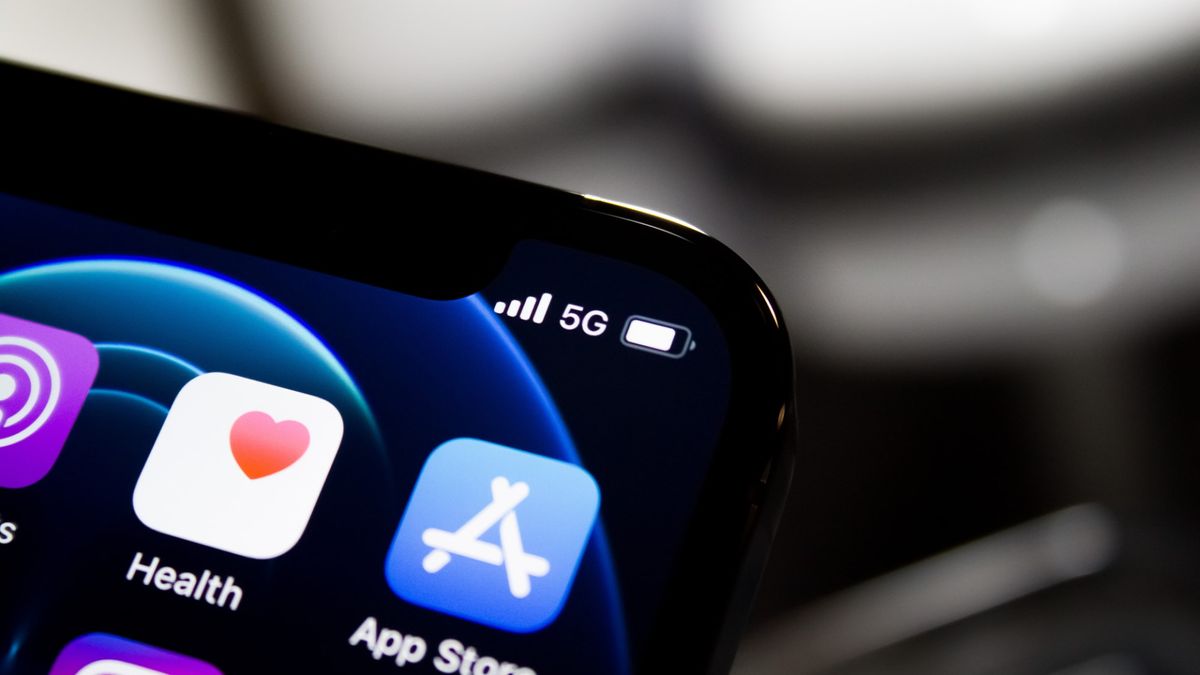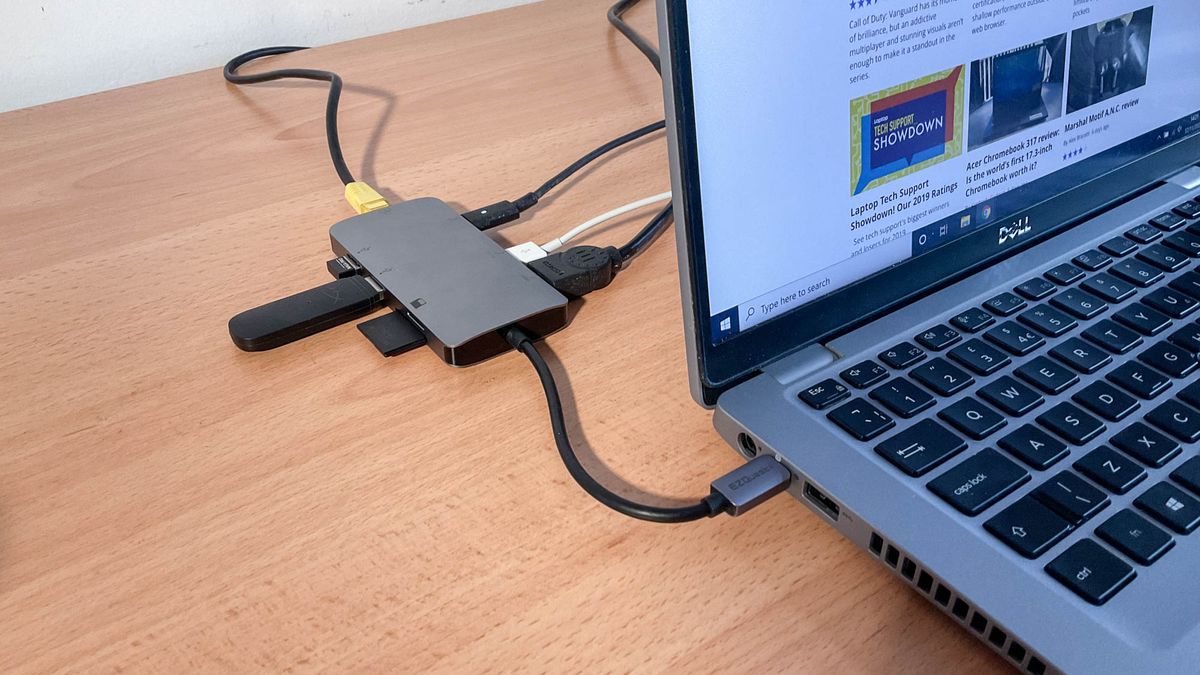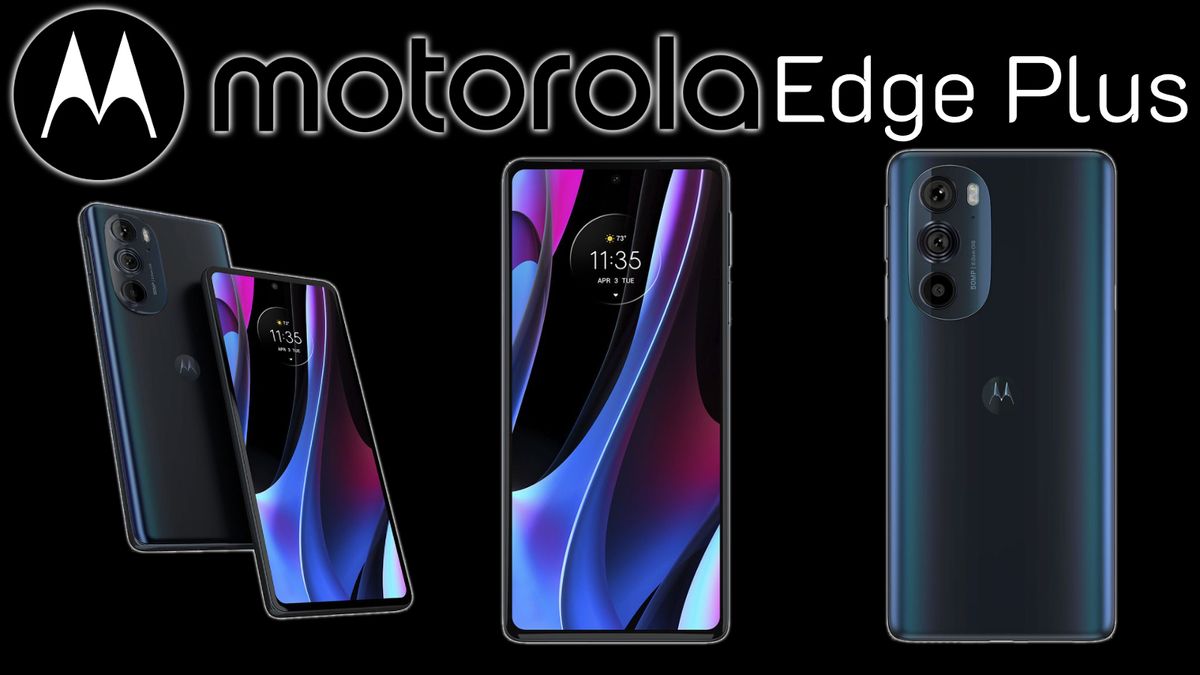5G is well and truly here. The latest generation of wireless connectivity can be found in everything from flagship and budget smartphones to laptops, and even in some conspiracy theories.
The next-generation wireless standard doesn’t only provide higher data speeds so you can browse the internet faster. No, 5G-ready devices can also offer ultra-low latency, reliable connections to a massive network of devices, and much more. 5G isn’t just for smartphones, it’s designed to connect everything with a cellular pulse.
With 5G bringing the Internet of Things (IoT) to greater heights, increasing data transfer speeds to fully utilize virtual and augmented reality, and offering new services such as autonomous farming machinery, the upgraded network is full of potential. For many of us, however, there’s good reason to ask ourselves “Do I really need 5G?”
If you’re wondering what 5G can do for you and why there’s already talk of 6G when the current wireless network seems to just drain the battery life on even the best smartphones on the market, read on.
What is 5G?
5G is the fifth-generation wireless cellular standard. These standards are created by an organization known as the 3rd Generation Partnership Project (3GPP) which is composed of seven telecommunications standard development organizations. Members range from mobile network operators like T-Mobile and component manufacturers such as Qualcomm. Interestingly, no one actually owns 5G; it’s a number of companies building on the network’s foundation.
To get real technical, 5G is based on OFDM (Orthogonal frequency-division multiplexing), which modulates a digital signal across several different channels to reduce interference. As explained by Qualcomm, 5G also uses wider bandwidth technologies such as sub-6 GHz and mmWave.
As previously reported, there are three distinct frequencies on which 5G can operate — low, mid and high band spectrums — each of them offers advantages and disadvantages.

Low-band
This is the same area in which LTE operates in the U.S.: below 1GHz frequencies. The advantage of low-band is that it can travel long distances and penetrate buildings. But with peak speeds at around 100Mbps, low-band can’t offer anywhere near the speeds that mid- or high-band solutions promise. This is roughly what we are seeing from strong 4G LTE areas today, although it’s worth noting 4G isn’t limited to those speeds. While low-band will still be relevant going forward to ensure coverage in rural areas, it won’t deliver the kind of speeds and latency advantages that most would expect from a “5G network.”
Mid-Band
In many ways, mid-band seems like the ideal solution for nationwide 5G as it still offers a reasonable range while also delivering much of the speed that 5G promises. This has been a popular option for 5G propagation throughout the rest of the world, but in the U.S., available mid-band spectrum is extremely limited due to existing commitments.
High-Band
Much of the early 5G rollout is happening in the high-band via millimeter-wave (mmWave), which covers radio band frequencies of 30GHz to 300GHz. This is where we are presently seeing the amazing speed tests with download speeds topping 1Gbps under the right conditions. Although, the limits on high-band 5G are closer to 10Gbps, and potentially in 20Gbps. As you might have guessed, the big downside here is the range. Real-world testing of the current implementations of mmWave have shown connections drop after just a few hundred feet and any obstructions — like going inside — will cut that even further.
From 1G to 5G
5G wouldn’t have been possible without the very first generation of mobile networks — 1G. As detailed by Brainbridge, it was first introduced by Nippon Telegraph and Telephone (NTT) in Tokyo, Japan back in 1979. However, it was only properly rolled out to the whole of Japan in 1984, while the U.S. approved of the coverage and released the Motorola DynaTAC 8000x in 1983.

The DynaTAC is the first instance of a mobile phone with coverage, which cost $3,995 and offered 30 minutes of talk-time and a 10-hour charge. That price converts to $10,897.85 in 2021, so it’s nice to know we can get 5G coverage on a budget phone for less than $500 today.
Then came 2G, which was introduced in Finland in 1991. Mobile users got much better clarity when calling thanks to digital voice calls, and could even send text messages (SMS), picture messages, and multimedia messages (MMS) on their phones. Mobile cell towers were also introduced, offering transfer speeds up to 500 kbit/s. Today, those speeds are unbearable, but 3G was soon to follow.
NTT launched 3G in Japan in 2001, tremendously improving data transfer speeds so users could start video conferencing and other services like Skype. The Blackberry was the first mobile device to fully make use of 3G, but the new network coverage also gave birth to Apple’s first iPhone in 2007.

The era of accessing the internet on a mobile device came about when 4G was introduced in Stockholm, Sweden and Oslo, Norway in 2009. Also named 4G long-term evolution (LTE), the improved network allowed HD video streaming thanks to data transfer speeds of up to 1Gbps. The introduction of 4G is arguably what made smartphones so popular, bringing the boom of popular apps like FaceTime, Uber, Deliveroo, Netflix and Amazon Prime.
This leads us to 5G, which first came along in South Korea in 2019, offering data transfer speeds of up to 20Gbps, a 100x increase in network efficiency and low latency at 1ms. We’re now seeing services like cloud gaming becoming a reality, thanks to Xbox Cloud Gaming and Google Stadia (although, there’s still work to be done).
Is 6G already on the way?
It’s not surprising that 6G wireless technology is already in the works. Tech giant Apple is apparently already developing the next generation of wireless technology, while Samsung predicts 6G will launch as early as 2028. 6G won’t appear overnight, however, as making the next generation of wireless technology takes some time.

While 5G has only recently been let out into the wild; it was already in development as early as 2008. It’s all thanks to a 5G R&D program in South Korea, along with NASA helping to develop Machine-to-Machine (M2M) technology and the 5G tech to go with it.
That’s more than a decade in the making, and 5G still hasn’t fully been utilized seeing as the first line of flagship 5G smartphones, such as the iPhone 12, were only released in 2020. 5G may offer a massive upgrade over 4G, from miles faster connectivity and sharing unlimited quantities of data, but it also can completely drain a device’s battery. Samsung even has an official support page on how Galaxy phone batteries drain quickly on a 5G service.
For now, there’s still a lot of progress to be made in the 5G consumer market. We’re still in its early days, so who knows what 6G’s capabilities will be (the mind boggles). Still, a number of researchers and companies have their visions of what 6G might entail.
According to research from Samsung, the integration of 6G into machines will exceed “human limitations.” We can expect services including immersive extended reality (XR), bringing VR, AR, and MR together; high-fidelity mobile holograms; and digital replicas. Standard mobile devices displaying holograms is the future we’re heading towards, apparently.
Researchers at the University of Oulu in Finland imagine 6G will bring “augmented projection interfaces” that can act like a current smartphone’s user interface (UI), multi-dimensional design technology, and “smart material” that can project animations on products like a water bottle.
While professionals and companies can dream endless possibilities for the future of wireless technology, Qualcomm has more faith in 5G. Already deep in developing 5G components, the semiconductor company states the full economic effect of 5G will likely be fully realized across the globe by 2035. In fact, the “5G effect” on the global economy could enable up to a whopping $13.1 trillion worth of goods and services over the next decade.
Do you need 5G?
So far, 5G has offered the possibility of seamless connections between devices. The U.K’.s Office of Communications (Ofcom) said 5G is being used in various ways, including in farming. Machines are used to scour fields using a video sensor and apply fertilisers and pesticides where they’re needed.

While it can also be used in the healthcare sector and help improve transport networks, 5G is still in its infancy for the general consumer. 5G aims to offer near-instant access to cloud services, multiplayer cloud gaming, better-augmented reality, and real-time video translation and collaboration, but you’ll find a 5GHz Wi-Fi connection from an Internet Service Provider (ISP) can offer the same.
When it comes down to it, unless you’re in dire need of superfast data transfer speeds and instant connections, you may not require 5G connectivity…yet. The potential of 5G has yet to be fully realized, so while a good Wi-Fi connection can offer high speeds and low latency, the latest generation of wireless technology could take it all a step further in the near future. Besides, budget smartphones are already making 5G the standard, so it won’t cost you an arm and a leg like the $10,000 Motorola DynaTAC 8000x to be ready for the future.








